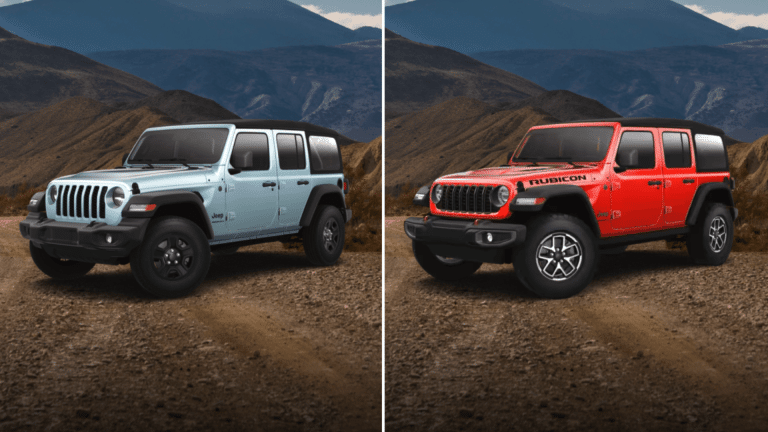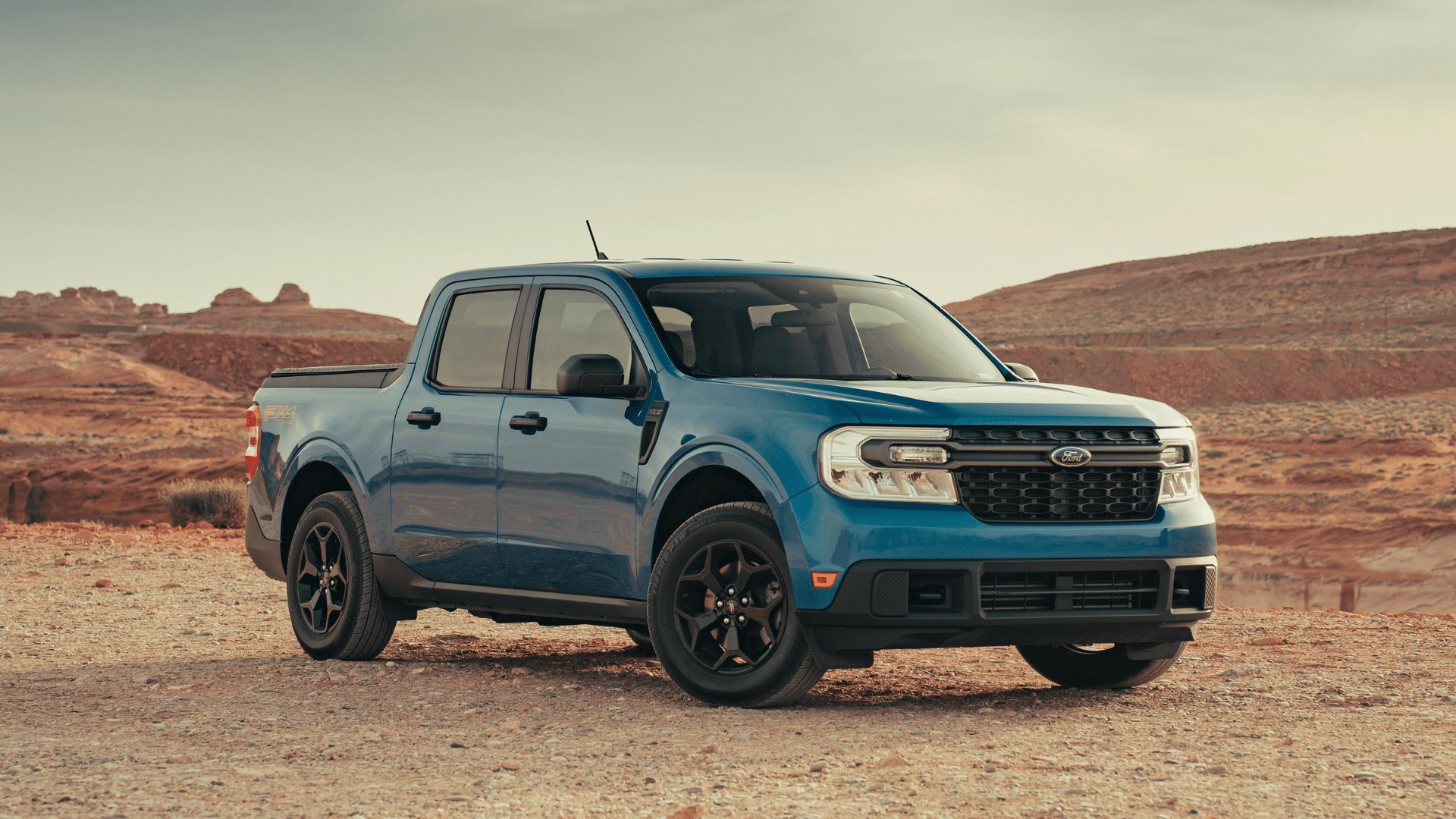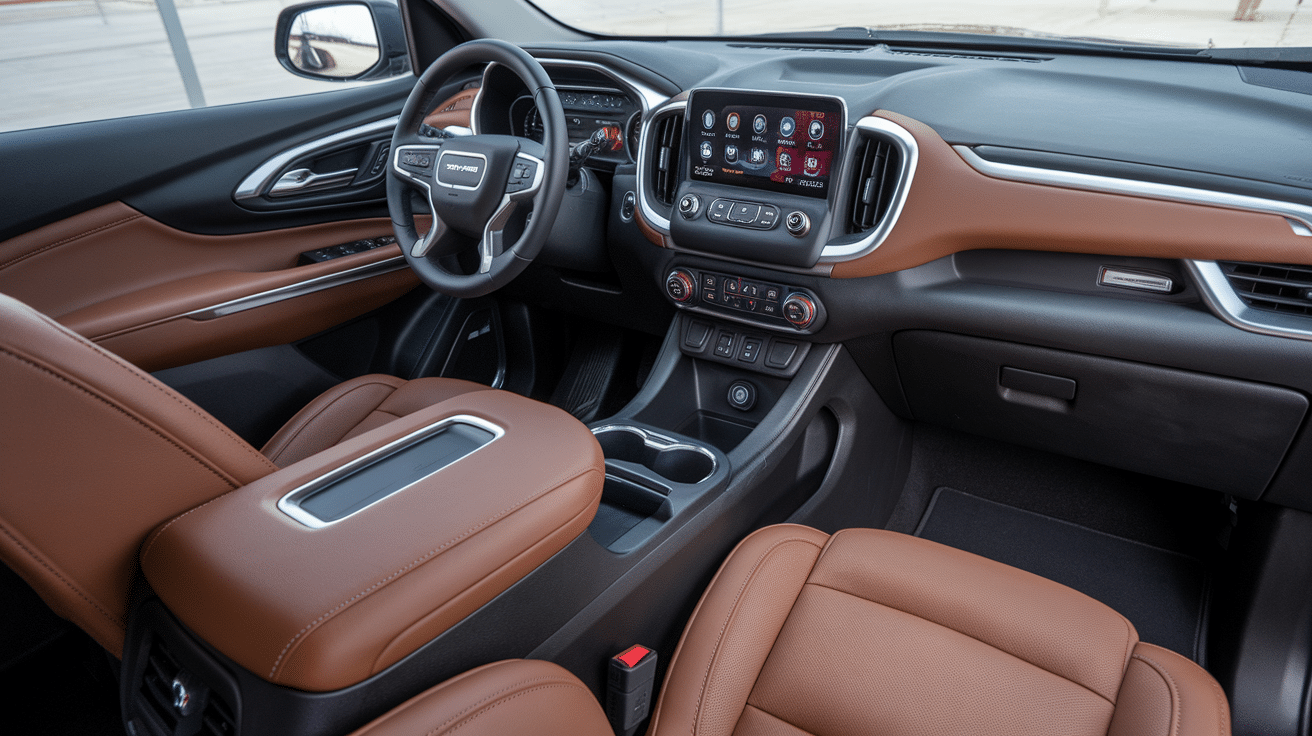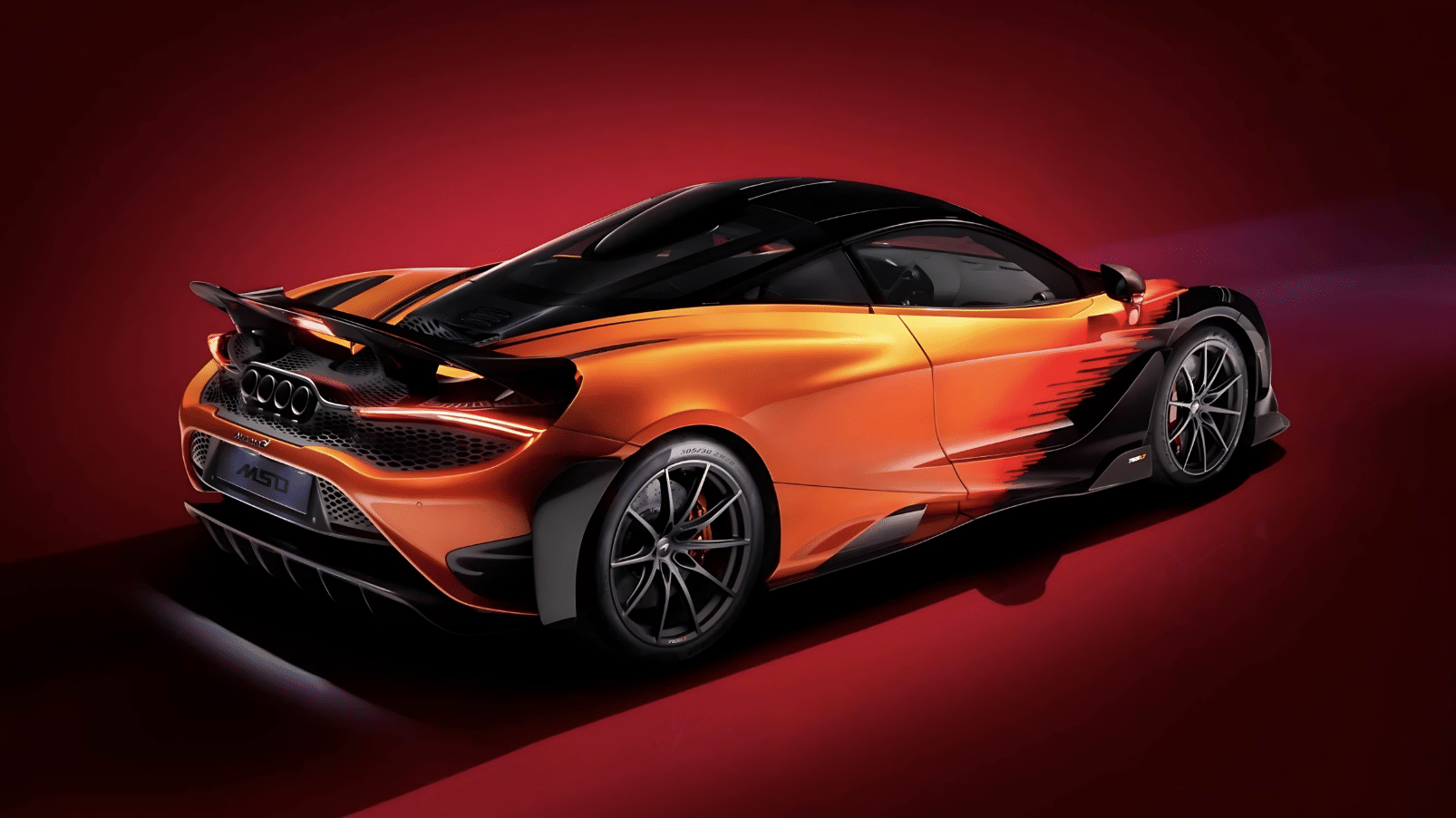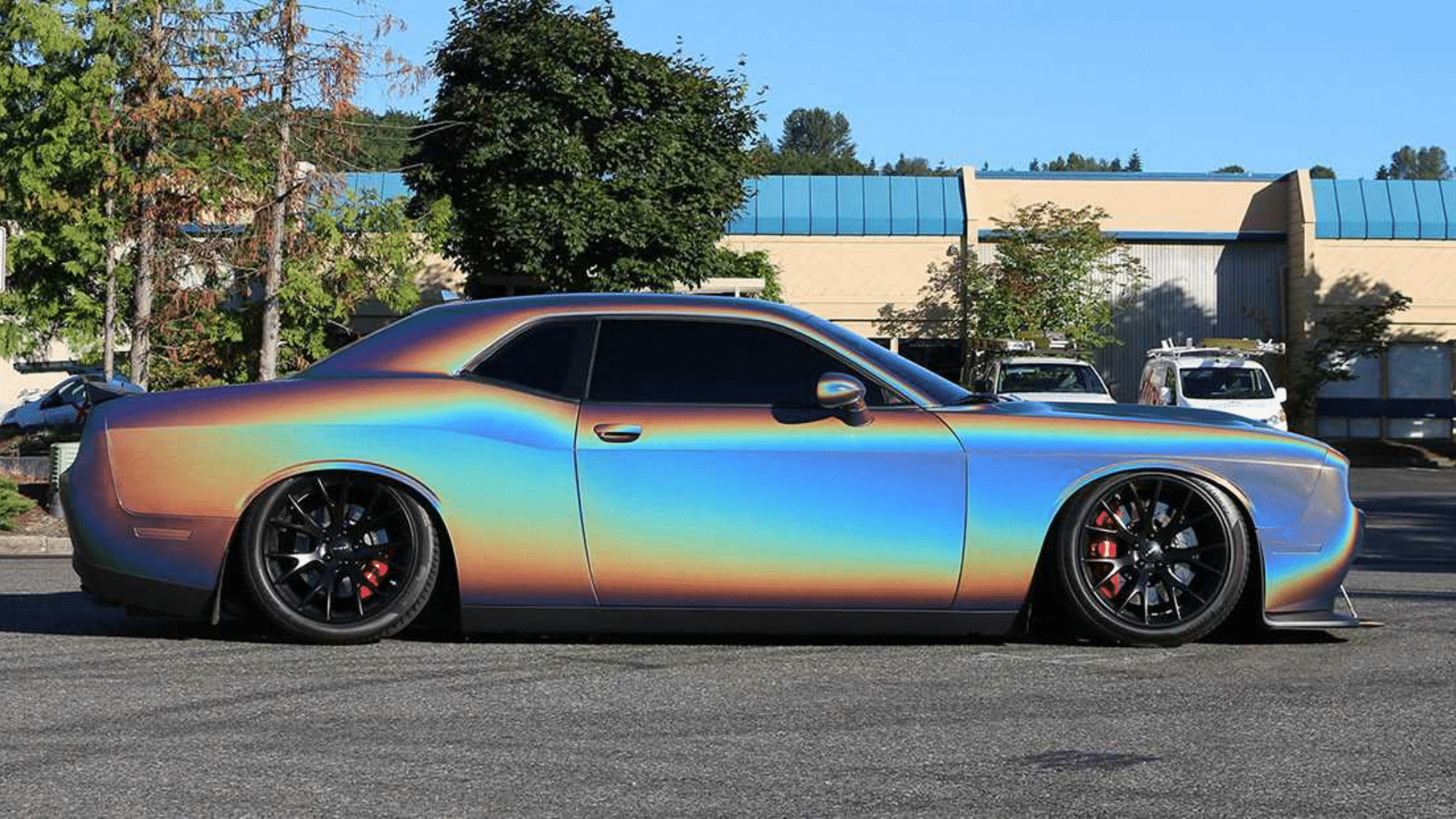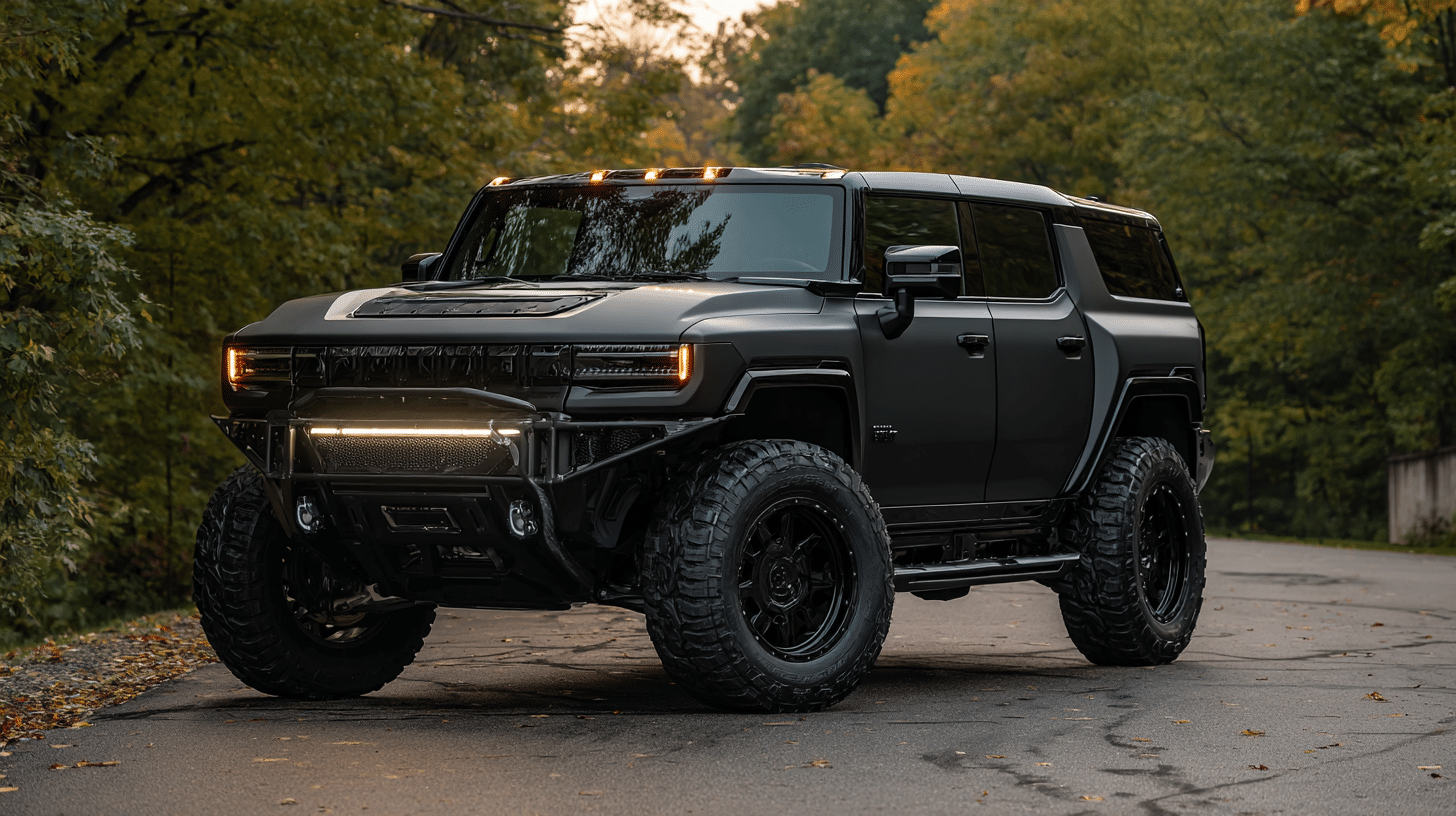Jeep has long been the go-to brand for off-road adventures. Built tough, their vehicles tackle rough trails and muddy roads with ease.
However, when it comes to choosing between the Jeep Wrangler and the Rubicon, things can become a bit confusing.
They share the same iconic look and basic design, but key differences in performance, features, and price can impact both your budget and driving experience.
In this guide, I’ll walk you through everything you need to know to make the right choice. I’ve done the research, gathered real-world insights, and simplified the details.
If you’re planning weekend adventures or need a solid daily ride, this breakdown will help you pick the Jeep that fits your lifestyle best.
What Makes the Rubicon Stand Out?
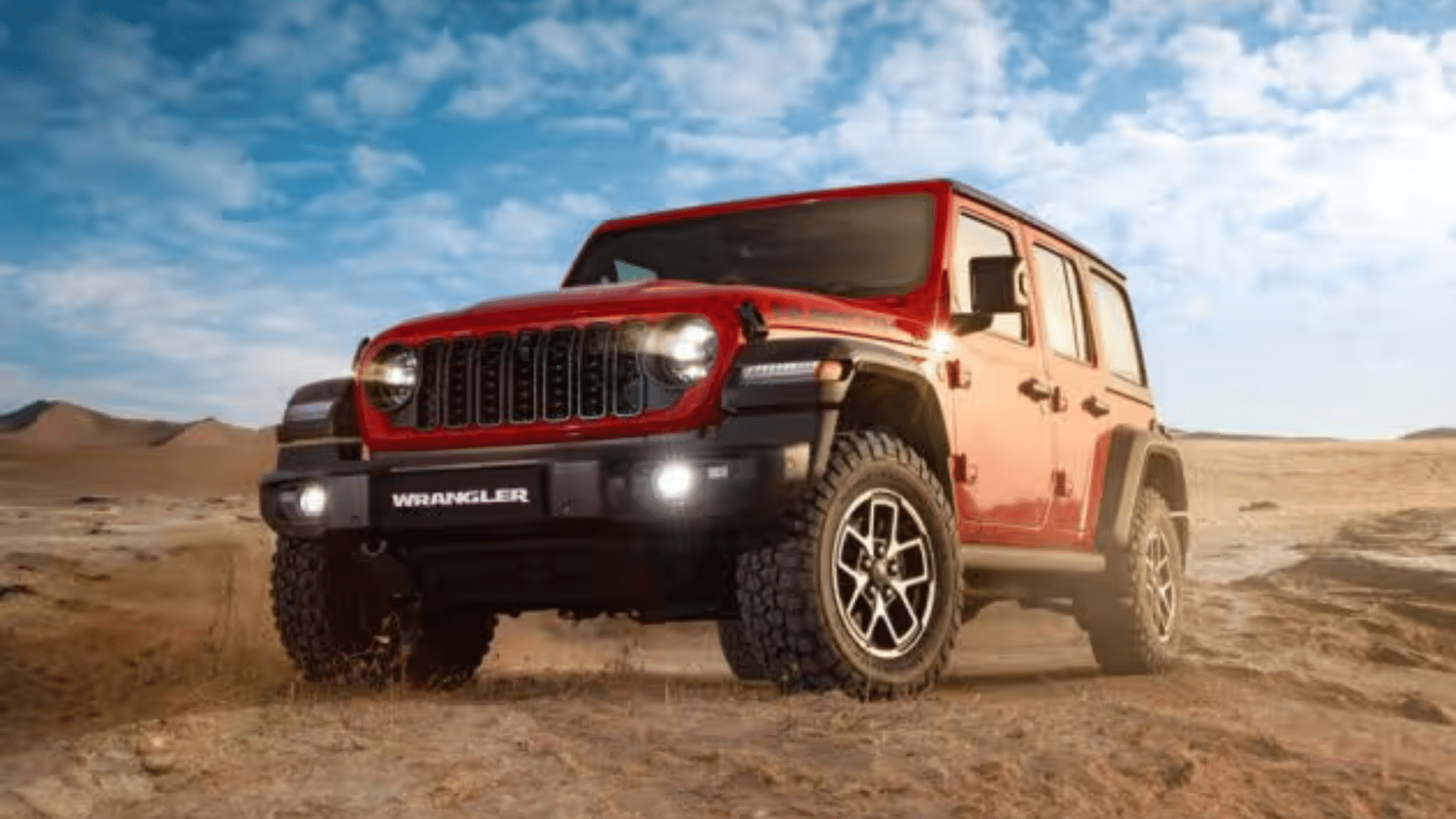
The Rubicon is Jeep’s ultimate off-road model, built for serious trail use and extreme terrain.
It’s not your average SUV. It comes with factory-installed gear like heavy-duty axles, locking differentials, and disconnecting sway bars.
Named after the tough Rubicon Trail in California, this Jeep is made to conquer the hardest paths.
It sits higher than standard Wranglers and has bigger tires, skid plates, and rock sliders for extra protection.
Red tow hooks and unique interior details, such as special stitching and trim, add to its rugged feel. The Rubicon is built for drivers who want real off-road power straight from the factory.
Wrangler: The Classic Jeep Experience

The Wrangler is Jeep’s most iconic model, blending its rugged military roots with modern comfort. It’s built to handle both off-road fun and everyday driving with ease.
There are several trim levels to choose from. The Sport is more basic and affordable, while the Sahara adds extra comfort and convenience.
Wranglers drive well in the city, on highways, and on light trails. The removable doors and roof give you that fun open-air feeling that most SUVs can’t offer.
Inside, you’ll find tech like touchscreen infotainment and smartphone features. Safety tools and solid seat choices, cloth or leather, keep things comfortable.
There’s also plenty of storage and air conditioning to help you stay cool and organized on every drive.
Rubicon vs Wrangler: Key Differences
Both vehicles share the same basic platform and look similar from a distance. However, the details make all the difference in performance and price.
Features
The Rubicon stands apart from the standard Wrangler thanks to its serious off-road upgrades.
While both models offer adventure-ready performance, the Rubicon is designed for drivers who want to take on extreme terrain right out of the box.
Below is a side-by-side comparison of key features that highlight how the Rubicon focuses on off-road capability, while standard Wranglers lean more toward daily comfort.
| Feature | Rubicon | Standard Wrangler |
|---|---|---|
| Locking Differentials | Front and rear (standard) | Not available or optional on select trims |
| Sway Bar Disconnect | Electronic disconnecting sway bars | Fixed sway bars |
| Axles | Heavy-duty Dana 44 front and rear | Lighter-duty axles |
| Rock Protection | Rock rails (standard) | Side steps (less durable) |
| Transfer Case Ratio | 4:1 low range for better torque | Less aggressive low-range gearing |
| Comfort Features | Basic interior with off-road focus | Heated seats, premium audio, more tech options |
The Rubicon is clearly built for tough trails, with hardware that supports serious off-roading.
On the other hand, standard Wranglers still offer capable performance but with a stronger focus on comfort, daily driving, and tech features that make urban and highway travel more enjoyable.
Capabilities
The Rubicon takes off-road performance to the next level, offering advanced features that make it ideal for the most demanding trails.
While regular Wranglers are no slouch off the pavement, the Rubicon is built for those who want to push their limits.
Below is a comparison of how both models perform in different terrains and conditions:
| Capability | Rubicon | Standard Wrangler |
|---|---|---|
| Off-Road Terrain | Excels in rock crawling, steep climbs, and rugged trails | Handles dirt roads, sand, and light trails |
| Approach/Departure Angles | More aggressive angles for taller obstacles | Moderate angles for typical trail use |
| Water Fording | Up to 30 inches with added seals | Slightly less, still capable for shallow water |
| Ground Clearance | Higher suspension for better obstacle clearance | Lower than Rubicon |
| Towing Capacity | Up to 3,500 pounds (same as standard) | Up to 3,500 pounds |
Rubicons are made for true off-road enthusiasts who need extra capability in extreme situations.
Standard Wranglers are still trail-ready and offer plenty for everyday adventures, making them a solid choice for most drivers.
Specifications
While the Wrangler and Rubicon share the same basic platform, their mechanical setups reveal key differences in performance and driving feel.
From tires to suspension, the Rubicon is tuned for the trail, while standard Wranglers lean toward everyday comfort and better fuel efficiency.
Below is a detailed comparison of how they differ under the hood and underneath:
| Category | Rubicon | Standard Wrangler |
|---|---|---|
| Engine Options | V6 and turbocharged 4-cylinder | V6 and turbocharged 4-cylinder |
| Fuel Economy | Slightly lower (2–3 mpg less in real-world use) | Better fuel efficiency |
| Tires | 33-inch all-terrain tires (standard) | Smaller, road-focused tires |
| Suspension | Stiffer springs and tuned shocks for off-roading | Softer setup for more comfort on the road |
| Vehicle Weight | Heavier due to added off-road hardware | Lighter, improves efficiency, and ride |
| Warranty Coverage | Same factory coverage as other trims | Identical warranty and support |
If you choose the Rubicon or a standard Wrangler, you’ll enjoy rugged performance and the strong reliability that comes with being a Jeep.
The right model depends on how much off-roading you plan to do and how important on-road comfort is to you.
Which One Should You Choose?
Not sure which Jeep fits your life better? This is a quick guide to help you make a decision.
When to Choose the Rubicon:
Choose the Rubicon if off-roading is a big part of your lifestyle. It’s built for serious trail use, like rock crawling and navigating rough, uneven terrain.
- Perfect for frequent off-road adventures
- Comes with factory-installed upgrades like locking differentials, rock sliders, and disconnecting sway bars
- Higher ground clearance and better protection underneath
- Designed to handle the toughest trails straight from the factory
Keep in mind: It costs more, but the advanced gear and trail performance justify the price for true off-road fans.
When to Choose the Wrangler:
Go with the standard Wrangler if you want a versatile SUV that balances comfort, style, and light trail ability.
- Ideal for everyday driving and weekend getaways
- Still delivers that classic Jeep look and feel
- Easier to drive on highways and around town
- Lower price point compared to the Rubicon
- Great for occasional off-road use or scenic trails
If you only go off-road now and then, or mostly stick to city streets, a regular Wrangler is the smarter, more practical choice.
Conclusion
Choosing between the Rubicon and a standard Wrangler comes down to how you plan to drive.
The Rubicon is ideal for serious off-roaders who require features such as locking differentials and sway bar disconnects.
It’s more expensive and comes with higher fuel and maintenance costs, but it’s built for rugged trails.
The Wrangler is better for daily use, weekend trips, and light off-roading. It’s more comfortable, easier to drive, and more budget-friendly, while still offering that classic Jeep style.
Most drivers don’t use the Rubicon’s extreme features, so be realistic about your needs. Test-drive both to see which one feels right for you.
Frequently Asked Questions
What’s the Price Difference Between Rubicon and Wrangler?
Rubicons usually cost $8,000–$12,000 more than similar Wranglers. The final price depends on the trim, options, and packages you choose during configuration.
Can I Add Rubicon Features to a Regular Wrangler?
Yes, but it’s costly and takes time. Aftermarket upgrades often exceed the Rubicon’s price difference. Plus, modifications may affect your warranty and factory support.
Which Model Gets Better Gas Mileage?
Standard Wranglers get better mileage. Rubber tires are heavier and have larger tires, which lower fuel efficiency by about 2–3 mpg in most real-world driving conditions.


